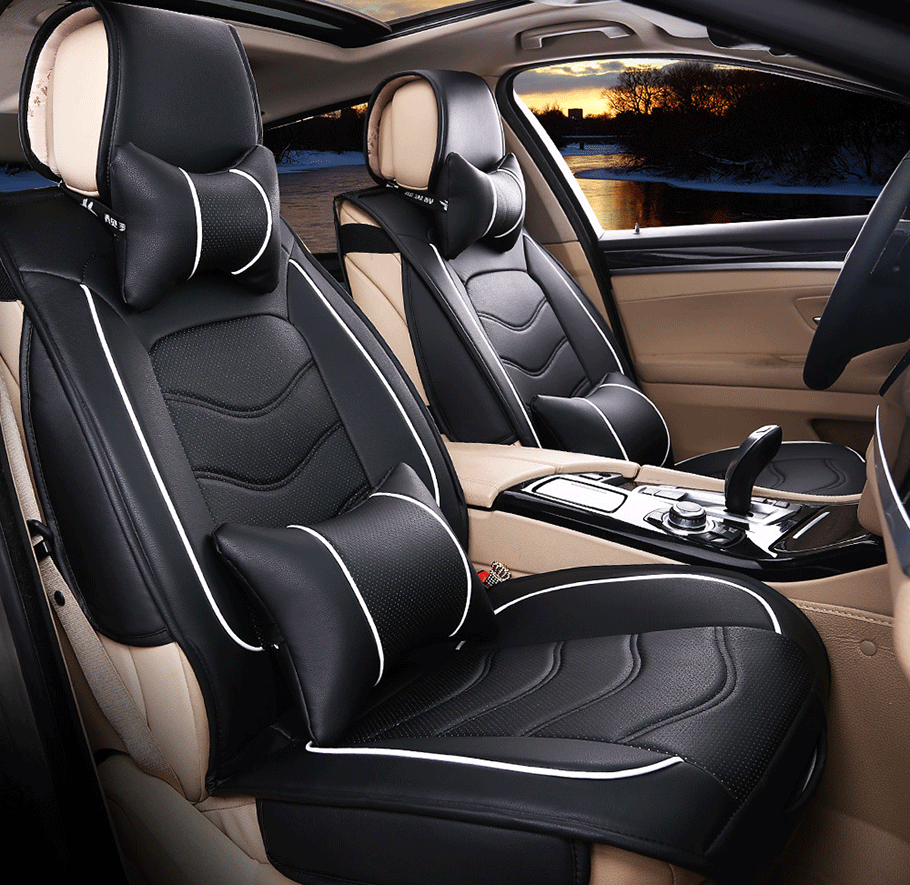
History of Car Seat Padding
Ever since there have been cars, there have been car seats and lots of different materials have been used to pad them. Originally these padding materials came from natural sources but when plastics showed up in the 1950s, foam-based seat padding was developed. Considering that the comfort of automotive seating is big selling point today so a lot of thought goes into seat design and the materials used. Let’s take a look at how automotive seat padding has evolved over the years.
The first car seats were essentially the same type of seats that horse-drawn carriages used. Typically these were leather covered seats with metal coil springs covered with horsehair padding. This type of seating was used for many years by a variety of automobile manufacturers.
Natural materials, such as horsehair, tend to degrade over time and one of the first to address this problem was Henry Ford. The engineers at Ford developed a technique whereby horsehair was coated with natural or synthetic rubber. This gave the horsehair a nice resilient feeling and it greatly prolonged the life of the padding.
Coconut fiber
Around the same time (1920s), several manufacturers used coconut fibers in their seats. This was an alternative to horsehair and had the advantage of being naturally sanitized. Plus, great quantities were available and it was cheap. The automotive industry embraced it quickly.
Latex Foam
Latex foam was developed in the 1930s. Latex foam is constructed from the milk or sap from a rubber tree. This is called “natural rubber” and it is still used for products such as balloons, gloves, catheters and belts. Latex foam was a big advancement over earlier padding, it was resilient but held its shape for years. The automotive industry switched over to it quickly. Latex foam remained a mainstream material until the 1950s.
Polyurethane foam
In the 1950s, another type of foam was developed. Polyurethane foam is made from petroleum (oil). It quickly replaced latex foam for two main reasons. First, the production of polyurethane foam is easier to master than latex foam and, second, its cost is much lower. Polyurethane foam started being integrated into car seats as early as 1958 when General Motors started using slabs of the foam to top spring cushions. For several years, polyurethane foam in slab or sheet form was the technology used for most car seat padding.
Moulded foam seats
Polyurethane foam can be formed into other shapes besides just sheets, it can be custom moulded into just any shape. This flexibility was quickly realized. The first flexible, moulded polyurethane foam car seat was developed using cast aluminum moulds heated in a hot air oven. This “hot cure foam” production was the start of a rapid takeover of the seating market. Everyone loved the fit and feel of custom moulded seating and the technique is still used today.
Another type of foam moulding, “cold cure foam,” was developed in the 1970s. Contrary to hot cure foam it can be produced at low or even ambient temperatures. This was a great advantage. The foam has a latex/rubber-like feel, higher support factor and improved inherent flammability. And of course, the lower production temperature means it is safer to produce.
Future seats
The sales department at East Hills Jeep of Greenvale, NY, a factory authorized Chrysler, Jeep, Dodge, Ram dealer, says the future of car seats and padding is unknown with any certainty. Today we see heating and cooling of seating surfaces gaining momentum. And, a push for greater seating comfort will always be a factor that car companies will work on.
Source: http://www.easthillsjeep.com/
Previous article
Let’s talk about leather upholstery in vehicles, shall we?


